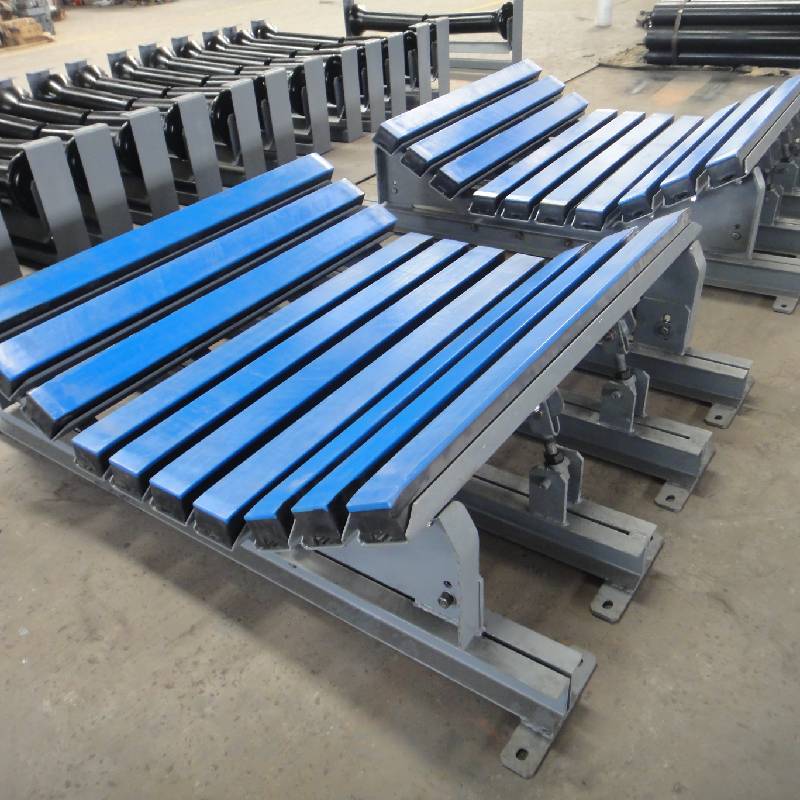 Afrikaans
Afrikaans  Albanian
Albanian  Amharic
Amharic  Arabic
Arabic  Armenian
Armenian  Azerbaijani
Azerbaijani  Basque
Basque  Belarusian
Belarusian  Bengali
Bengali  Bosnian
Bosnian  Bulgarian
Bulgarian  Catalan
Catalan  Cebuano
Cebuano  Corsican
Corsican  Croatian
Croatian  Czech
Czech  Danish
Danish  Dutch
Dutch  English
English  Esperanto
Esperanto  Estonian
Estonian  Finnish
Finnish  French
French  Frisian
Frisian  Galician
Galician  Georgian
Georgian  German
German  Greek
Greek  Gujarati
Gujarati  Haitian Creole
Haitian Creole  hausa
hausa  hawaiian
hawaiian  Hebrew
Hebrew  Hindi
Hindi  Miao
Miao  Hungarian
Hungarian  Icelandic
Icelandic  igbo
igbo  Indonesian
Indonesian  irish
irish  Italian
Italian  Japanese
Japanese  Javanese
Javanese  Kannada
Kannada  kazakh
kazakh  Khmer
Khmer  Rwandese
Rwandese  Korean
Korean  Kurdish
Kurdish  Kyrgyz
Kyrgyz  Lao
Lao  Latin
Latin  Latvian
Latvian  Lithuanian
Lithuanian  Luxembourgish
Luxembourgish  Macedonian
Macedonian  Malgashi
Malgashi  Malay
Malay  Malayalam
Malayalam  Maltese
Maltese  Maori
Maori  Marathi
Marathi  Mongolian
Mongolian  Myanmar
Myanmar  Nepali
Nepali  Norwegian
Norwegian  Norwegian
Norwegian  Occitan
Occitan  Pashto
Pashto  Persian
Persian  Polish
Polish  Portuguese
Portuguese  Punjabi
Punjabi  Romanian
Romanian  Russian
Russian  Samoan
Samoan  Scottish Gaelic
Scottish Gaelic  Serbian
Serbian  Sesotho
Sesotho  Shona
Shona  Sindhi
Sindhi  Sinhala
Sinhala  Slovak
Slovak  Slovenian
Slovenian  Somali
Somali  Spanish
Spanish  Sundanese
Sundanese  Swahili
Swahili  Swedish
Swedish  Tagalog
Tagalog  Tajik
Tajik  Tamil
Tamil  Tatar
Tatar  Telugu
Telugu  Thai
Thai  Turkish
Turkish  Turkmen
Turkmen  Ukrainian
Ukrainian  Urdu
Urdu  Uighur
Uighur  Uzbek
Uzbek  Vietnamese
Vietnamese  Welsh
Welsh  Bantu
Bantu  Yiddish
Yiddish  Yoruba
Yoruba  Zulu
Zulu conveyor roller bearing housing
Understanding Conveyor Roller Bearing Housing A Key Component in Material Handling
Conveyor systems play a crucial role in the efficiency of modern industries, enabling the smooth transportation of materials and goods across various operations. Among the various components of a conveyor system, the conveyor roller bearing housing is essential for ensuring optimal performance and longevity. This article explores the intricacies of conveyor roller bearing housing, its significance, design features, and maintenance practices.
What is Conveyor Roller Bearing Housing?
At its core, a conveyor roller bearing housing is a structural component designed to support the bearings that facilitate the movement of conveyor rollers. These housings enable the smooth rotation of the rollers, which are essential for the transportation of loads ranging from lightweight packages to heavy industrial materials. The housing provides both physical support and alignment for the bearings, which reduces friction and wear while allowing for efficient material flow.
Importance of Conveyor Roller Bearing Housing
The importance of conveyor roller bearing housing can’t be overstated. Here are several reasons why it is critical in conveyor systems
1. Load Distribution Roller bearings within the housing are designed to distribute loads evenly. This ensures that the weight of the materials transported does not lead to uneven wear on the conveyor system, which could cause premature failure of the components.
2. Friction Reduction By housing the bearings properly, friction between the moving parts is minimized. This not only conserves energy but also prolongs the life of the entire conveyor system, as excessive friction can lead to overheating and damage.
3. Alignment and Stability The bearing housing plays a vital role in maintaining proper alignment of the rollers. Misalignment can lead to uneven wear, reduced efficiency, and increased maintenance costs. A well-designed bearing housing ensures stability and enhances the overall performance of the conveyor system.
4. Protection from Contaminants The design of bearing housings often includes features that protect the bearings from dust, dirt, and other contaminants that can compromise performance. Seals and shields incorporated into the housing can prevent debris from entering, thus ensuring that the bearings operate smoothly.
Design Features of Conveyor Roller Bearing Housing
The design of conveyor roller bearing housings can vary depending on the specific application and industry. However, several key features are commonly found
conveyor roller bearing housing

- Material Most bearing housings are made from durable materials such as steel or aluminum, which can withstand the harsh conditions often present in industrial environments
.- Sealing Mechanisms As mentioned, effective sealing is crucial for protecting bearings. Various types of seals, such as lip seals and rubber gaskets, are typically used to provide a barrier against contaminants.
- Mounting Options Bearings can be designed for different mounting configurations to fit specific conveyor designs. This versatility allows engineers to customize systems based on space and operational requirements.
- Lubrication Proper lubrication is essential for extended bearing life. Many bearing housings are designed with built-in lubrication lines or reservoirs to facilitate easy maintenance.
Maintenance Best Practices
To ensure that conveyor roller bearing housings perform optimally, regular maintenance is essential. Here are some best practices
- Regular Inspections Periodically check the integrity of the housing for signs of wear or damage. Inspect the seals to ensure they are intact and functioning properly.
- Lubrication Maintain an adequate lubrication schedule based on manufacturer recommendations and operating conditions. This will help reduce friction and prolong the lifespan of the bearings.
- Cleaning Keep the area around the conveyor clean to minimize contamination risks. Remove debris that could affect the operation of the bearings.
- Alignment Checks Periodically verify the alignment of the rollers and bearings to prevent misalignment issues which can lead to increased wear and tear.
Conclusion
In conclusion, the conveyor roller bearing housing is a vital component in the efficiency and functionality of conveyor systems. Its design and maintenance significantly impact the performance of the entire material handling operation. By understanding its importance and adhering to best practices, industries can ensure the longevity and reliability of their conveyor systems, ultimately leading to enhanced operational efficiency and reduced costs.
-
Revolutionizing Conveyor Reliability with Advanced Rubber Lagging PulleysNewsJul.22,2025
-
Powering Precision and Durability with Expert Manufacturers of Conveyor ComponentsNewsJul.22,2025
-
Optimizing Conveyor Systems with Advanced Conveyor AccessoriesNewsJul.22,2025
-
Maximize Conveyor Efficiency with Quality Conveyor Idler PulleysNewsJul.22,2025
-
Future-Proof Your Conveyor System with High-Performance Polyurethane RollerNewsJul.22,2025
-
Driving Efficiency Forward with Quality Idlers and RollersNewsJul.22,2025





























